HII has confirmed the successful completion of initial sea trials for the US Navy’s Virginia-class attack submarine USS Massachusetts (SSN 798), the company stated.
The submarine spent several days at sea as part of testing led by HII’s Newport News Shipbuilding division and the Navy, which included submerging for the first time and conducting high-speed manoeuvres both on the surface and underwater.
Further testing will continue before the vessel’s formal delivery to the fleet.
“Our entire team at Newport News Shipbuilding understands the importance of delivering capability to our fleet,” said Kari Wilkinson, president of Newport News Shipbuilding. “Proving capabilities through this first sea trial for Massachusetts is an important step in demonstrating this and we are honored to support the mission.”
USS Massachusetts is the 25th Virginia-class submarine and the 12th built by Newport News Shipbuilding. The vessel was christened in May 2023 by sponsor Sheryl Sandberg and launched in February 2024. It will be commissioned in Boston in late 2025, according to the Navy.
Ordered in 2014 under a $17.6 billion contract awarded to General Dynamics Electric Boat, Massachusetts is the first Navy vessel to bear the state’s name since the battleship USS Massachusetts was decommissioned in 1947.
The submarine displaces 7,800 tons, measures 377 feet in length, and is powered by an S9G nuclear reactor. It carries Tomahawk cruise missiles and Mk-48 torpedoes and can remain submerged for up to three months.


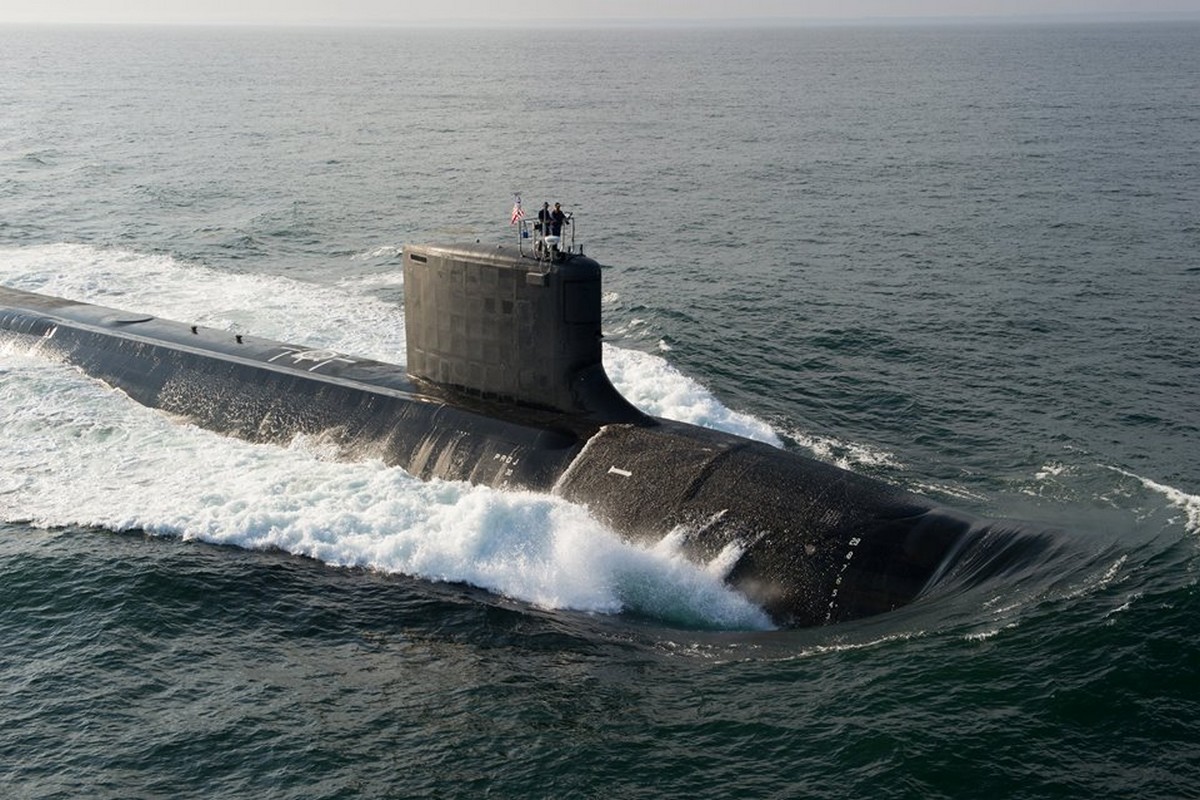




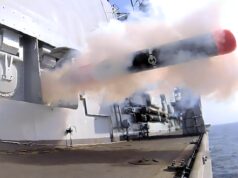

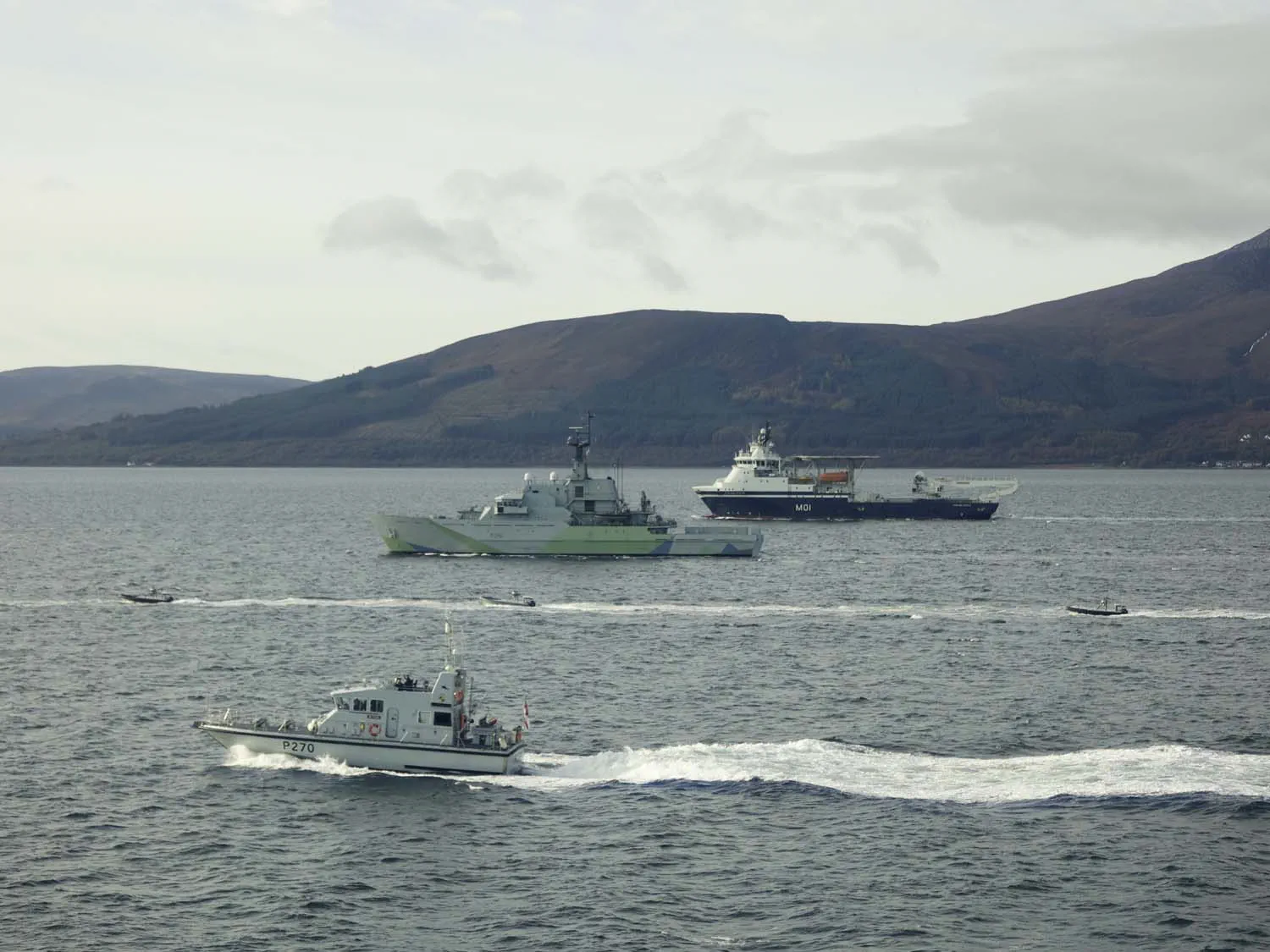
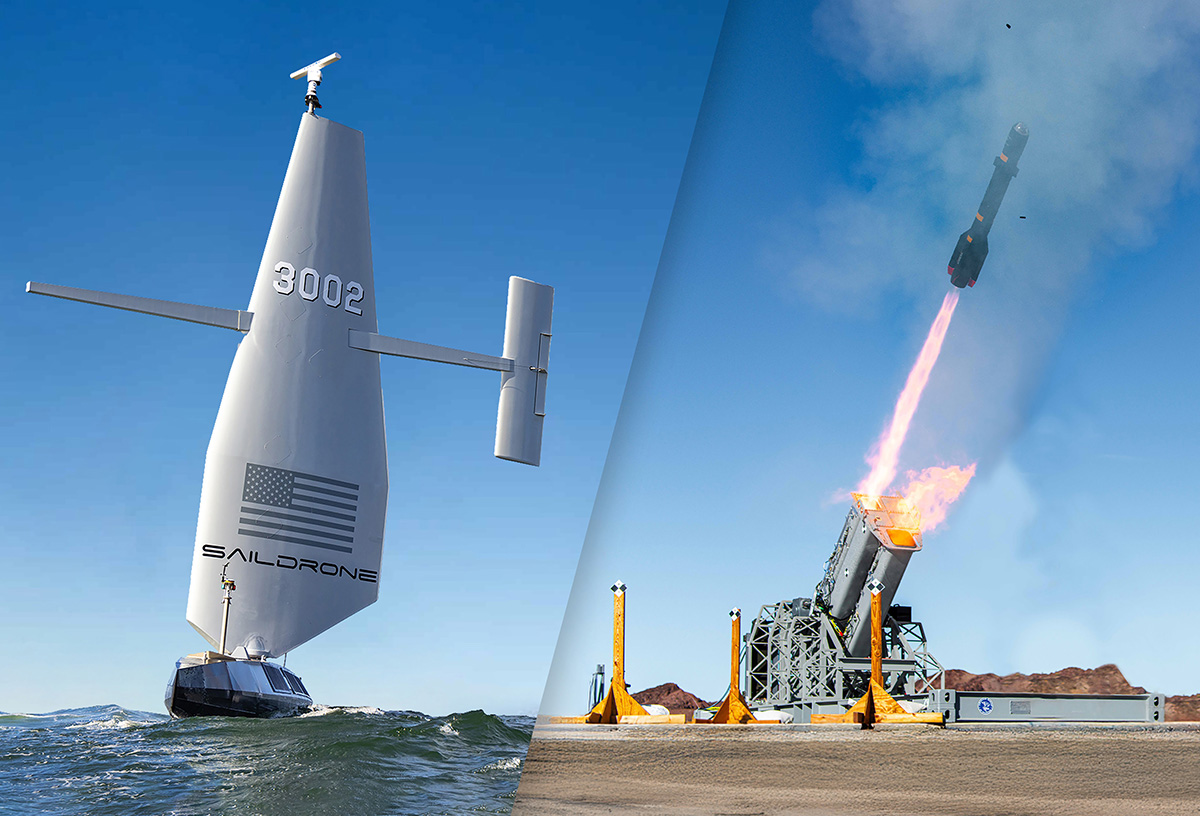
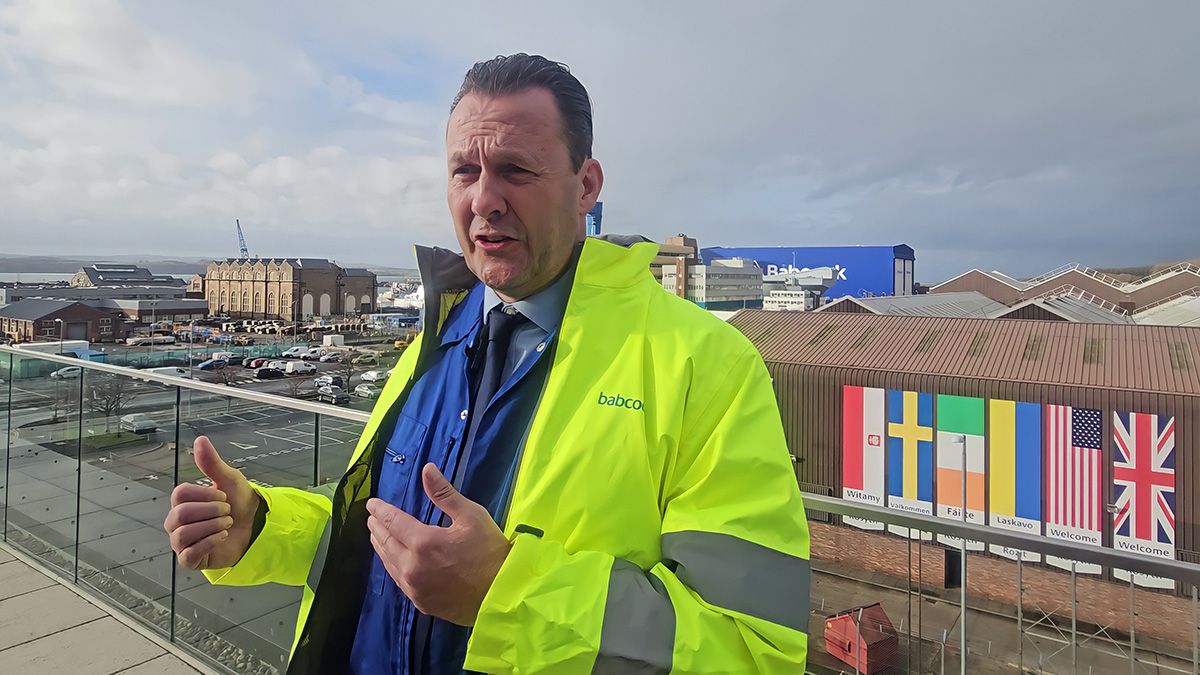
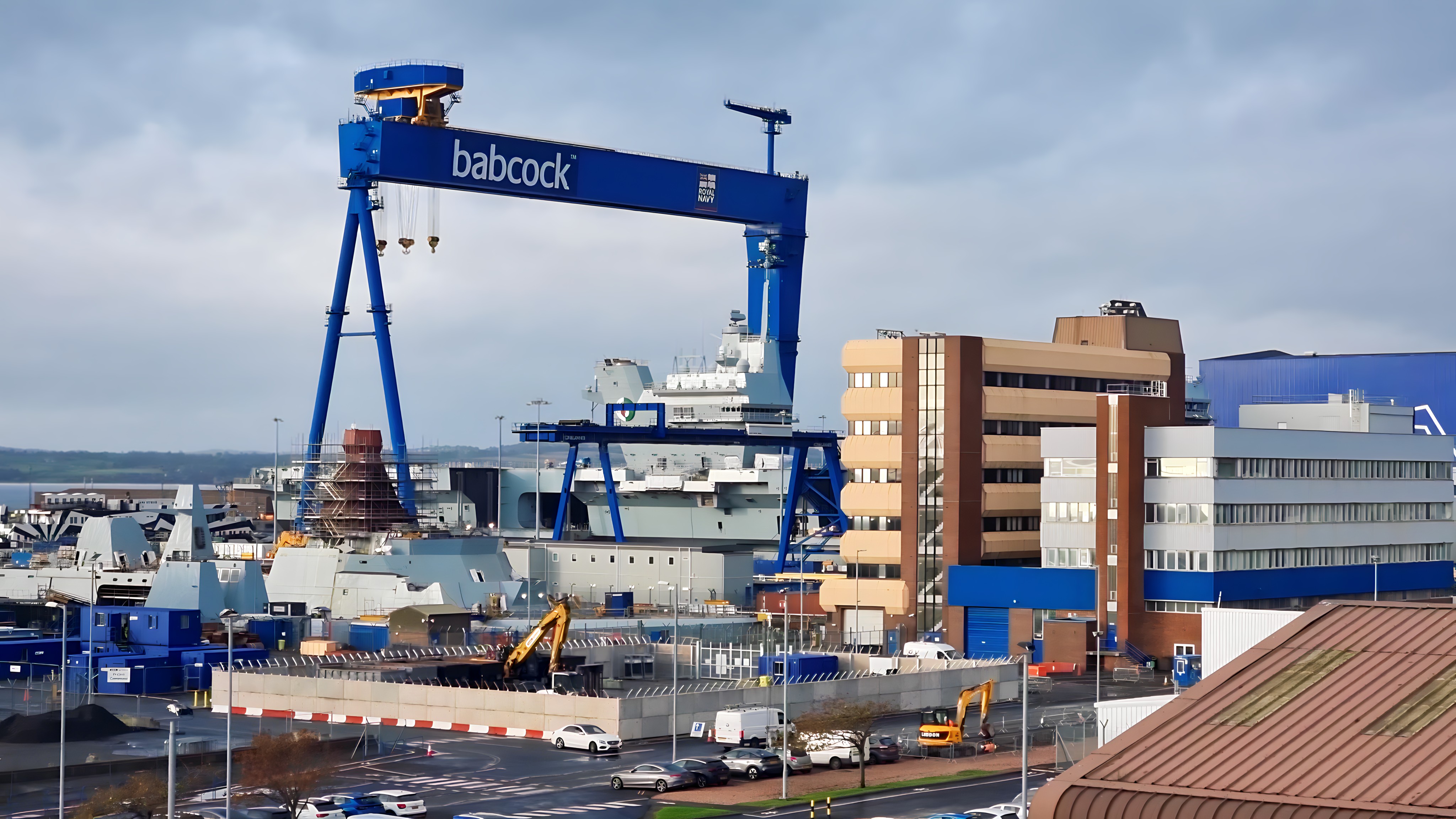

Powerful boat.
Safe sailing USS Massachusetts
Not one of the block V with the VPM then?
No, Block IV …..
Number 25 not commission until 2026.. that is about 3 years latter that it was scheduled. The thing is by the end 2026 I believe the USN will only have 20 LA class and 3 seawolf that’s a long way from the 66 in total.
Eleven plus years have elapsed from the ordering to the commissioning of a known quantity, serial production, boat. Does not augur particularly well for AUKUS, either the delivery of three to five Virginia class in the 2030s and beyond, nor the planned delivery of SSN-A, an entirely new class by the early 2040s. Dunno, perhaps the RAN should indulge in some contingency planning w/ interim purchase/lease of some SSKs? The Japanese, heavily invested in GCAP/Tempest, may be willing to deal at mate’s rates. 🤔
Agreed, time for some contingency planning by the RAN. Although both government and defence decision makers will be very reluctant and wary of changing course, given the debacle of the French SSKs and subsequent delays caused to the Collins replacement and an ever widening capability gap. Nevertheless the realities of production scheduling constraints may force a re-think by Australia and for once it would be good to be ahead of the curve.
While Trump has made positive comments about commitment to AUKUS at a meeting with the Australian PM (for what they are worth) the formal outcome of the review of AUKUS underway by the Pentagon still hasn’t released its findings and could easily conclude that the USN cannot spare any Virginia boats for the RAN in the near future.
In practice the AUKUS Pillar 1 (the SSNs for Australia) has always comprised two phases. Phase 1 the early acquisition of Virginia’s to allow some of the Collins to retire and; Phase 2 the development of a common AUKUS design produced simultaneously in the US, UK and Australian shipyards.
IMHO the notion of Australia acquiring Virginias for Phase 1 should be scrapped and the RANs requirement redefined in terms of a conventional SSK. Given the production bottlenecks in the US and the strategic demands on the USN this may become reality, but it can be done without sacrificing the AUKUS deal.
Australia could adopt a two tiered approach to its submarine fleet. In the same way as its new pragmatic two tiered approach to its surface fleet through the purchase of Japanese Mogami frigates is utilising some overseas production capability (rather than relying totally on a slower, less efficient sovereign shipbuilding pipeline) to quickly and cost effectively acquire new capabilities. Following the Mogami deal, the Japanese are once again the most likely supplier with their new advanced lithium battery powered powered Tagei class SSKs offering similar size and range to Collins and already in production. A buy of say four SSKs would help close the capability gap until the arrival of 4 to 6 AUKUS SSNs.
There would be a number of advantages. It helps the USN build its own boat numbers and the US is spared the ’embarrasment’ of being unable to supply the agreed SSNs and renegging on the deal. It’s a political, pragmatic and strategic win for the US.
Australia meanwhile would have longer to build the industrial capacity and train the workforce in its shipyards for the skills needed for SSN production not to mention a considerable saving in tax payer dollars that could be redirected to other defence projects. It would close the capability gap more quickly with conventional boats the RAN is already skilled at operating. Meanwhile Australian crews could continue to train and cross deck on US and UK SSNs and the regulatory frameworks and technical expertise could be developed at a more realistic pace.
Ultimately with the recently announced introduction into service of the Ghost Shark XLAUVs in significant numbers (fleet size of around 30), the RAN could field a versatile and cutting edge submersible fleet of SSNs, SSKs and autonomous XLAUVs.
OZ,
Largely concur w/ your analysis. However, advise not trusting results of the USN formal review of AUKUS; results of review have obviously been preordained. Reality will harshly intrude in 2032. After much handwringing, US will regretfully inform Aussies re indefinite delay in delivery of Virginia class. Sincere apologies in advance.
New SSKs apparently only viable interim meaure.
Also recommend closely monitoring development of SSN-A. Design by committee is usually an invitation to delays caused by bureaucratic inertia. Additionally, track record of the delivery timeline of the Astute programme does not inspire existential confidence. Believe the Brits are on the pathway of improving performance of the nuclear enterprise, but careful monitoring advised.
Hmm Interesting analysis,
One small point the AUKUS treaty only covers a common RN/RAN SSN(A) design the USN will be continuing with producing Virginias until their own SSN(X) is designed and enters production (they are on later timescale due to SSBN and Virginia production cycles). What it refers to is a greater degree of commonality in tech and capability within those 2 separate designs. This isn’t a design by committee it’s a fresh modular design using a combination of US/UK produced tech and the ability to accept various components according to national preference sourced from all 3 countries.
Do you seriously think that the US Government would effectively give up its sovereign design capability and build a U.K BAe design (which admittedly has a lot of US / UK collaborative features embedded within it). If that were the case GD Electric Boat would be screaming “Blue Bloody Murder”, and they aren’t !
In addition I would point out that the fixation on numbers built isn’t necessarily a fair assessment of numbers actually operationally available. All US/UK (and future Australian) SSN’s are fuelled by HEU, Russian and Chinese ones are fuelled with LE. Which means they need refuelling 2/3 times more often than ours do and that’s at peacetime usage rates. So just think what happens in wartime when running at maximum power or for far longer patrol periods. For a real example of how that effects a warships actual operational availability just compare the Carriers Charles de Gaulle and a Nimitz !
The jury is still out on the review of this part of the AUKUS Treaty, the big obvious question is “can the US supply 3/5 Virginias without compromising US security”. But it’s way more complicated than that !
Fact is the US cannot achieve its SSN Battle-force requirement for 66 SSN’s and due to previous political decisions there is no amount of money that can rectify that fact.
Congress every FY is busily approving Submarines and the funding for them at a far faster pace than industry can actually build them, which effectively means they are wasting their time and money, but hey it looks good. It’s not just that the boats take longer to build, but the backlog of orders ensures the orders don’t get actually into build any time soon.
Given that it really comes down to damage limitation and that’s where it gets interesting as it changes the question to a more nuanced one.
“If we can only have @50 SSNs out of 66 how can we best mitigate the strategic effects of that shortfall by means other than US production ?”
IMHO selling or leasing 3 Virginias to RAN has zero effect on the number available, it’s still 50 but someone else is crewing them and paying for them.The chance of USN being in a war with China without RAN, JSDF and ROK is about nil and whilst folks talk about the SSN numbers no one mentions the 50 odd very advances SSKs fielded by Japan and Korea.
Saying that I do agree that if they can fund it Australia should acquire 6 SSK to span the gap and add mass whilst they build up their own SSN fleet (I’d actually investigate a 10 year lease from Japan).
The mitigation to help boost US long term security is threefold.
Firstly it releases operational funding to further support the long term uplift in production capacity that is needed, loses nothing in terms of deployable boats in theatre and it enables RAN to speed their migration to being a valued SSN armed Ally with extra boats of their own.
Secondly it secures and boosts a 3rd production stream providing RAN SSN(A)’s in theatre alongside the US (and possible U.K) boats.
By Australia producing its own SSN(A) and supporting them in situ the US (and U.K) gain a very valuable forward operations base.
Thirdly the US already has a long term Nuclear industry partnership with the U.K, by assisting the RAN they effectively prime the pump for the U.K to be able to leaver age an uplift in the DNE industrial capacity which lowers unit cost so we can afford more RN SSN(A)’s.
Bottom line is sell 3 Virginias to RAN and end up with 47 USN Virginias plus 3 RAN ones forward deployed in theatre but gain in the longer term 8 + RAN SSNs and 12 RN ones in the Atlantic (which releases USN boats for the Pacific). Don’t do it and you end up with just 50 SSNS, a dozen more SSKs and RN can only afford 8 Astute replacements.
I will say I’m not sure on your analysis around zero chance Japan, South Korea and Australia will not be involved in any US sino pacific war.. I think it’s far to say Japan is becoming more and more worried, it no longer sees the US as a reliable ally, infact it’s far to say the Japanese public are very very cool in regards to the US Japanese alliance.. two years ago I would have said it was almost inevitable a Sino US war would include Japan now only 27% of the Japanese public think its security should be tied to the US that vast majority feel Japan should focus on security independence… I would actually say it could be a toss up depending which way china plays it.. but in that we do have to remember if there is one country China cannot stand it’s Japan and would take the greatest pleasure in its complete destruction ( and Japan is quit aware of the fact if it entered a war with China it will get the everlasting shit kicked out of it as it’s very very close to China. Australia is an interesting one as Australia has a love hate relationship with China..and in reality Australia is a very very long way from China ( 7500kms) and its geostrategicly shielded from China by a large democracy that is friendly with both Australia and China.. it’s very possible Australia would not see it as a strategic advantage to enter a Sino US war.. that takes us to South Korea.. South Korea is not getting involved.. for one very very good reason it knows what China would do to it.. it would let the leash of North Korea and the Korean Peninsula would be burned to the ground….
Basically you have to look at risk vs reward.. China, Japan and South Korea are essentially neighbours.. Japan and Korea as two medium ranked nations are living right next to a monster that would utterly and completely destroy them causing untold death.. they would have to be utterly desperate to go to war with China or completely convinced that the US would back them to the hilt ( including MAD) and be able to win… as the US is now I don’t believe any of those are a given.. and neither will Japan or South Korea.. they will not see a situation in which their nations see millions dead and shattered infrastructure just for the US to sign a peace deal six months later. Personally I think it’s actually far more likely NATO will be dragged into the fight.. as the moment China launches an attack on the US mainland article five is triggered.
Agree that any decision by either Japan or Australia to sign up for Sino-US war is a long way from being automatic and far more nuanced. There is also something of a love-hate relationship between Australia and the US or a least a degree of suspicion about the Yanks intentions and reliability and the current Trump administration has only widened the degree of distrust which is also reflected in polls of the Australian population’s sentiment towards the US.
Historically there is something of a rose coloured glasses view of alliances which makes Australian participation seem automatic and unquestioned but there was real and significant debate (both public sentiment and hard-nosed strategic considerations) in Australia about its involvement in both WWI and WWII and the swing of public sentiment against the Vietnam war is well documented. With the stakes even higher in the nuclear age it would be foolish to take any nations participation for granted.
As for the so-called US ‘nuclear umbrella’ from Australia’s perspective it is a comforting but convenient fiction. MAD may be a deterrent between nuclear armed powers, but it falls apart when a nuclear power threatens a non nuclear one. Consider if China launched a nuclear attack on an Australian city to bring Australia to heel (outside of any direct conflict or nuclear attack on the US) does anyone seriously believe that the US would launch a retaliatory nuclear strike on a Chinese city and in turn risk a strike on their mainland. Would they risk turning Los Angles into a nuclear wasteland if Sydney had already been destroyed? I think most Australians (at least the strategic decision makers in defence and government) appreciate this reality and would factor this in to any decision to join the US in a conflict with China – it would be far from an automatic commitment (along with any SSNs in the RAN’s fleet).
Defer to your knowledge on the AUKUS SSN boat design (it’s not in my wheelhouse though it’s a long way from being signed off for production). While acknowledging the problems of design by committee and the commercial-industrial realties in the US and UK likely preclude a common design, a so-called ‘modular’ design also has its drawbacks with the Hunter class being a salutary lesson.The further customisation departs from the baseline design the greater the increase in costs, technical complexity and delays and the fewer the economies off scale of a common design. It may be relatively easy to substitute CBASS for Spearfish but separate combat systems are an order of magnitude more complex.
Political considerations in both Australia and the US will also come into play in response to any delays in the Virginia production timelines. Australia is already nervous about the increasing capability gap and may seek alternate stop gap/two-tier solutions while the US congress might view your calculus of the total number of Virginia submarines cross two navies differently.
How many UK ssns are at Sea right now?
How does that matter really to this article about US boats ? But the number is not published.. probably 1, the real question is how many are operational and is the adequate to do the work supporting the deterrent and but some pressure on Russia.. then if it kicks off can the RN get adequate boats to do its bit against the Russian northern fleets boats.. so let’s consider the RN at maximum surge could “probably “ but 3 boats out into the artic ocean area Russia can probably manage 1-2 modern SSGNs and 1-2 older inferior SSNs.. so the RN could probably edge it against the Northern fleet.. yes having 10-12 boats to allow a surge of 4-5 would be more comfortable.
But the UK is not facing off China in the pacific, the US is and US build rate and future fleet numbers need to overmatch China.. and China is now has a greater capacity to produce SSNs than the US and that’s a strategy probably for the US moving into the post 2035s because at that point all it will have is the Virginias it’s built and on present build and order rates that’s going to be 35-40 boats.. China the crazy centrally controlled communists that they are have built a nuclear boat mega factory with up to 36 bays to lay down 36 nuclear boats at the same time backed up with 16-10 component fabrication areas and entire bay just for tilling and painting as well as a two chambered fuelling facility all in the same area of a mega yard and connected by purpose but roads and a rail system that can carry an SSBN.. essentially experts estimate that China will be able to crack out up to 8 boats a year ( 6 SSN and 2 SSBN) if it wants to.. and it has actually started serial production of SSNs which it’s never done before ( because they were all not great learning boats) it’s now mostly through the seriel production of 12 type 93b ( estimated 8 launches since early late 22 early 23).. which is considered an adequate SSN that is likely a peer with a flight 2 LA ( vertical launch tubes for 1500km range cruise missiles, pump jet propulsion and peer level rafting and tiles.. its flaw is a duel reaction set up ). They will all be launched probably in 27-28 it’s also building the type 95 this very likely a peer or close peer SSN to Astute and Virginia ( as it’s a single reactor boat because the Russians flogged them a 150mw marine nuclear reactor a decade ago)… it’s estimated they will have two commissioned for the late 2020s and will be kicking in serial production.. if they are at capacity running out 6 a year by 3035 worst case is 6 not so great type 93 and 93A, 12 adequate 93B and 30 peers type 95s as well as 40-50 solid peer level AIP and possibly nuclear auxiliary powered boats.. that would be a handful for 35-40 Virginia class boats.. and that is 2035 unless the US kicked in a massive recapitalisation of its nuclear sub built in the late 2020s China will be out building by 4.5-5 boats a year.. the US needs to be putting 4 boats into the sea a year for the start of 2030 if it wants to maintain a good edge over China.
Hmmm…vaguely reminiscent of Gen. George Custer and the trifling incident at the Little Big Horn. Largely the same end result. Reason Sino-American dustup will eventually go Big Bang.
Hi Jonathan, I’d suggest it’s not the simple numbers built that matters when trying to compare operational strengths, it’s the operational availability of those numbers.
For instance imagine you have 50 US Virginias and China has 65 SSNs. The US ones are HEU powered so 25/30 years between refuelling and the Chinese are LEU powered so 10 years. And that’s at Peacetime rates of power consumption, if you use LEU at similar power outputs those number come down very quickly, but it’s the HEU ones that will last by far the longest.
As for the US sticking 4 SSNs in the water pa by 2030 it just can’t be done ! The Columbia class SSBN have priority so they are aiming for 1 SSBN and 2 SSN Pa 🤞🏻and that’s what they are now authorising, but they are really struggling. The underlying problem is that although 2 Pa would deliver 66 boats given a 33 year service life they didn’t authorise enough at the start. Between FY98 and FY10 (13 years) they only authorised 12 boats, which means they are 14 boats down !
Which is why AUKUS is so important to the US and has led to such a counter intuitive arrangement. It just flys in the face of everything the US MIC stands for, helping your allies to build things themselves rather than exporting to them. Fact is the US needs more boats than it can build or pay for to face China, so helping Australia in the short term helps secure more allied ones in the longer term.
God knows how they explain that one to Trump 🤷🏼♂️
It’s a good point on the LEU.. i suspect it will all come down to timing.. china will makes its move on Taiwan at the high of it’s strategic advantage.. it’s not really building a sustainable long term navy at present.. it’s building a spike force to fight a very nasty war..as it’s simply building to much to quickly.. Bohai is simply an off the planet facility.. no nation needs 36 nuclear boat bays or can sustain the level of serial production.. that would entail.. essentially China has built itself ( as vast expense ) the capital infrastructure to build 8 nuclear boats a year that’s 200 nuclear submarines over a 25 year period..( or 80 boats in a decade… so who needs to refuel anyway) once it hit full serial production ( there are some very good in-depth open source reports on Bohai from India) its never going to get to its maximum number it can now produce as no nation can run 200 nuclear boats and China cannot run a fleet anywhere close.. it’s essentially invested a vast fortune over what it needed to overtime match and then keep pace with the US ( 12 bays would have given it a steady rate of 2-3 nuclear boats a year) so why has it done this essentially insane building project ?…. 2035 is an important focus in China and essentially I suspect it will be trying to put 30+ peer boats into the water for 2035.. as these boats will all be less than 7 years old the LEU issue will not be a problem China would consider.. because it will be planning to invade Taiwan before it becomes an issue and will be expecting to loss most of the SSNs in a long and bloody mutual exchange with the USN ( the Chinese concept of protracted war is a bit brutal).. so long term I agree with you.. but this is not a long term plan it’s a crash armament for a war plan.. also remember the US has its own massive drydock issue.. and at preset has about 33-35% of its SSN fleet laid up without diving certification.. and by 2035.. of the 35ish Virginias 9 will be 25 or more years old…